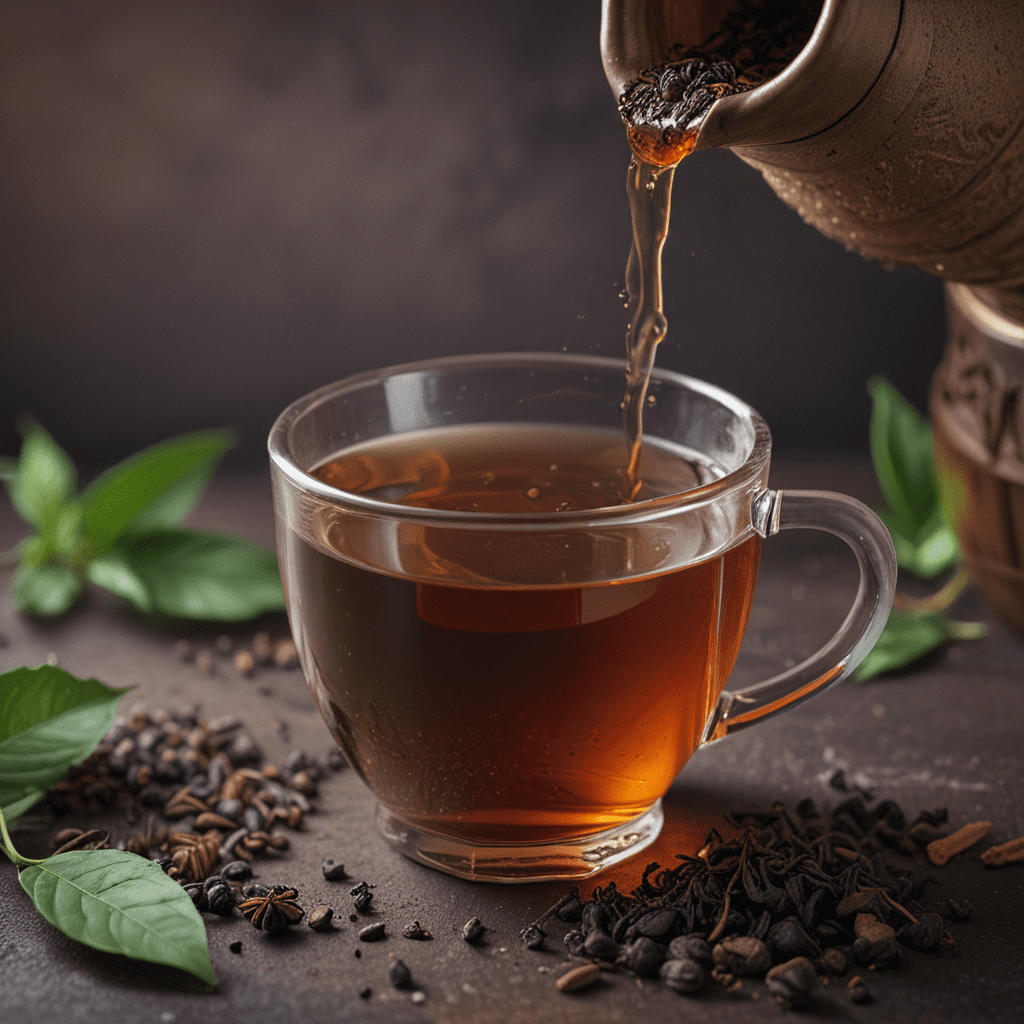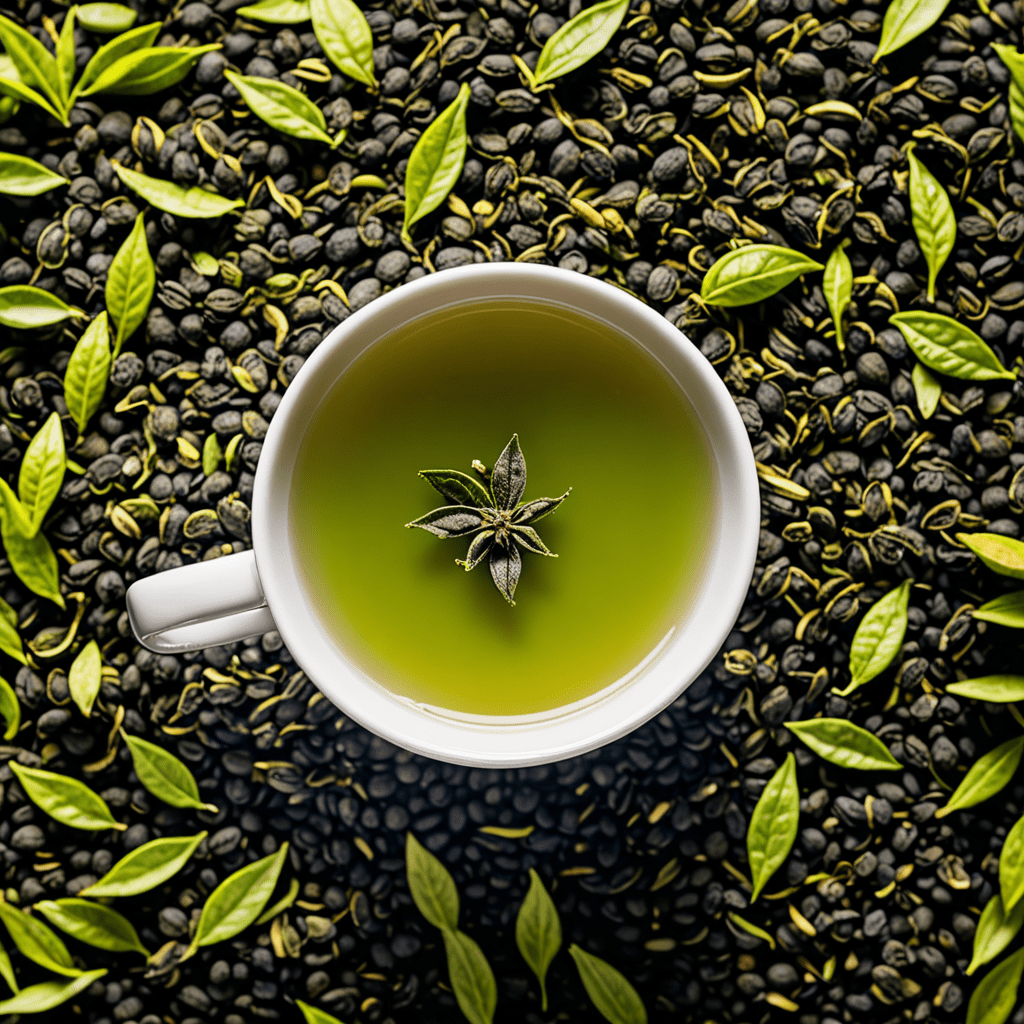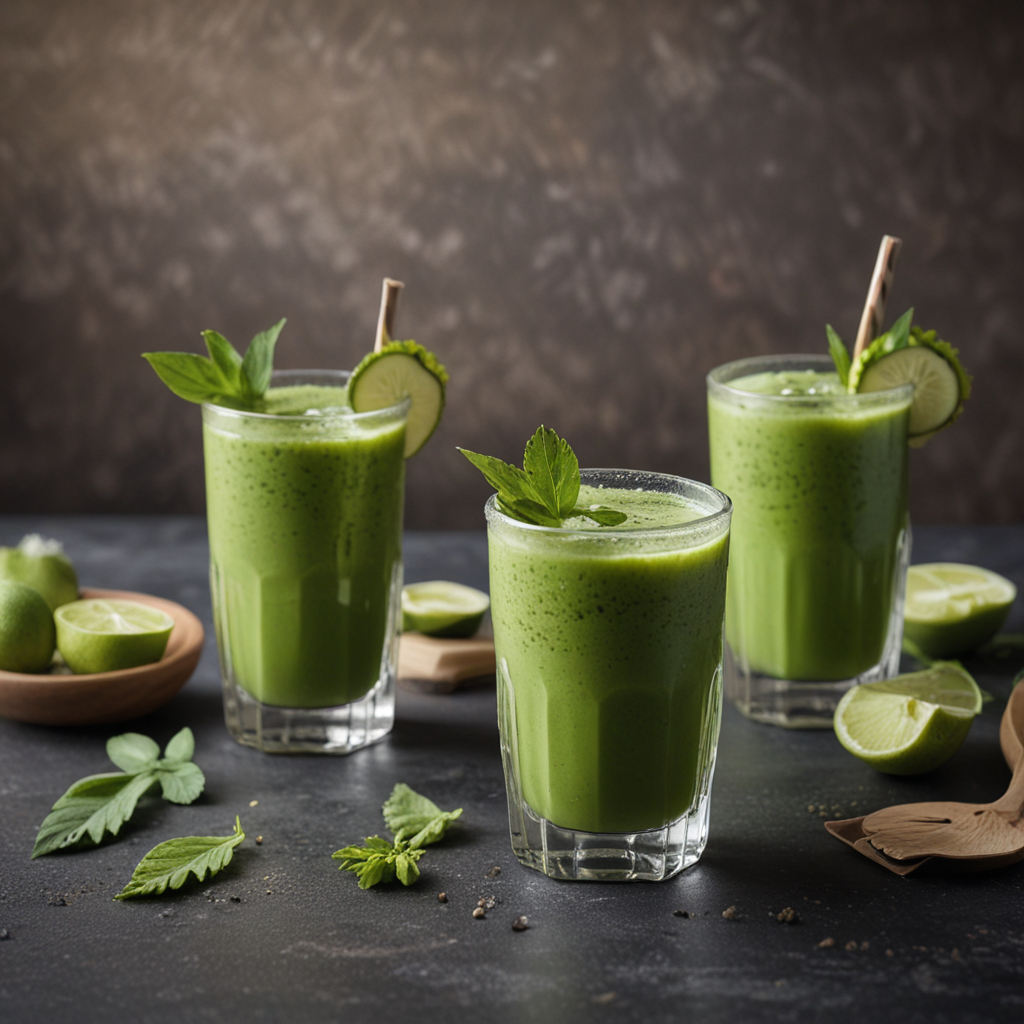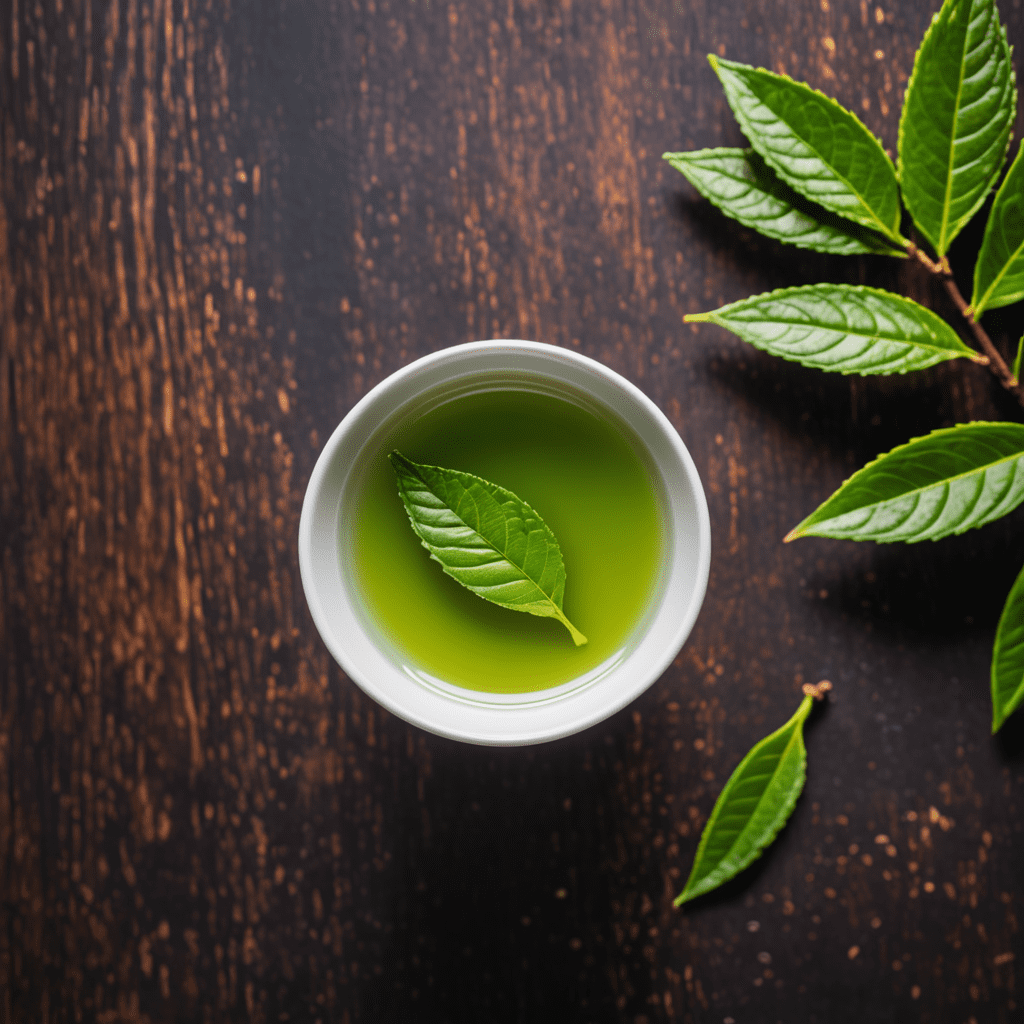Assam Tea: Brewing Tips for Beginners
Assam tea, hailing from the lush valleys of northeastern India, is renowned for its robust yet smooth flavor and malty aroma. Brewing the perfect cup of Assam tea requires a meticulous balance of factors, ensuring that the leaves release their full potential. In this comprehensive guide, we will delve into the essential steps for beginners to master the art of brewing exquisite Assam tea.
1. Selecting the Right Tea Leaves
The foundation of a great cup of Assam tea lies in choosing high-quality leaves. Look for loose-leaf or whole-leaf teas that are graded as "OP" (Orange Pekoe) or higher. These grades indicate larger, more mature leaves that yield a richer flavor and aroma.
2. Choosing the Ideal Water Temperature
Water temperature plays a crucial role in extracting the optimal flavors from Assam tea. The ideal temperature range is between 195-205°F (90-96°C). Water that is too hot will scorch the leaves, resulting in a bitter taste, while water that is too cold will not release the full flavor profile.
3. The Perfect Brewing Time
Brewing time is another critical factor that influences the taste of Assam tea. Steep the leaves for 3-5 minutes, depending on your desired strength. For a lighter cup, brew for a shorter duration, while a stronger brew requires a longer steeping time.
4. Using the Correct Amount of Tea Leaves
The appropriate amount of tea leaves will determine the strength and flavor of your tea. As a general rule, use 2-3 grams of loose-leaf Assam tea per 8 ounces of water. Adjust the amount according to your personal preferences.
5. Choosing the Right Teapot or Infuser
The choice of teapot or infuser can also impact the flavor of the tea. Opt for a teapot made of porcelain or glass, which will not impart any flavors to the tea. A loose-leaf tea infuser, or "steep basket," allows for easy removal of the leaves once the brewing process is complete.
6. The Importance of Fresh Water
For optimal flavor, always use fresh, cold water. Boiling water that has been sitting in a kettle or thermos will have lost oxygen and will not extract the same flavors from the tea leaves.
7. Preventing Over-Brewing
Over-brewing Assam tea can result in bitterness and astringency. Monitor the steeping time closely and remove the leaves from the water once the desired strength is reached. Using a tea timer can help ensure consistent results.
8. The Role of Agitation
Gently swirling the teapot or infuser occasionally during the brewing process helps distribute the tea leaves evenly, ensuring that all the leaves are exposed to the water and release their flavors.
9. Decanting the Tea
Once the tea has reached the desired strength, immediately pour it into a clean cup or teapot to separate the leaves from the brewed liquid. Leaving the tea in contact with the leaves for too long can result in over-extraction and bitterness.
10. Storing Assam Tea Properly
Store Assam tea in an airtight container away from direct sunlight and heat to preserve its freshness and flavor. The ideal storage temperature is around 50-60°F (10-16°C).
Frequently Asked Questions (FAQs)
What is the caffeine content of Assam tea?
Assam tea is known for its relatively high caffeine content, typically ranging from 30-50 milligrams per cup.
Can I add milk or sugar to Assam tea?
Adding milk or sugar to Assam tea is a personal preference. Some people enjoy the robust flavor of Assam tea black, while others prefer to add milk or sugar to balance the strong tannins.
How does Assam tea compare to other black teas?
Assam tea is generally bolder and more full-bodied than other black teas, such as Darjeeling or Earl Grey. It has a distinct malty flavor and a rich amber color.



